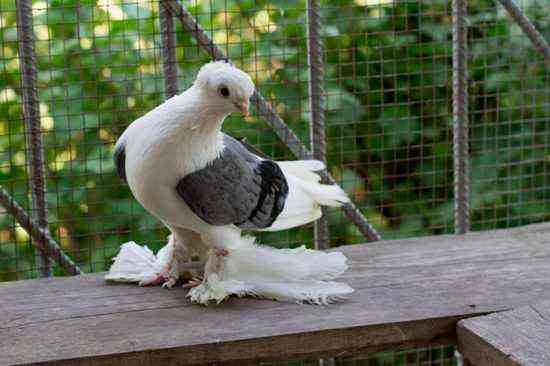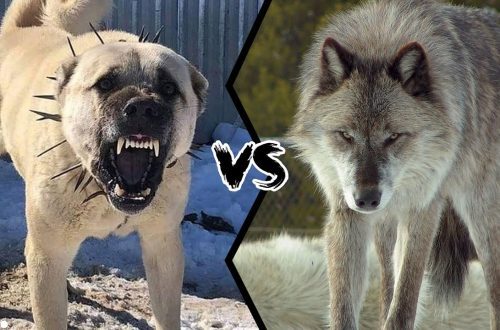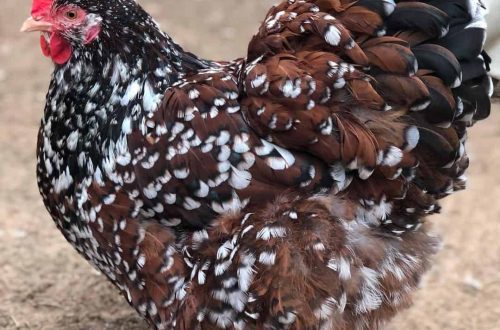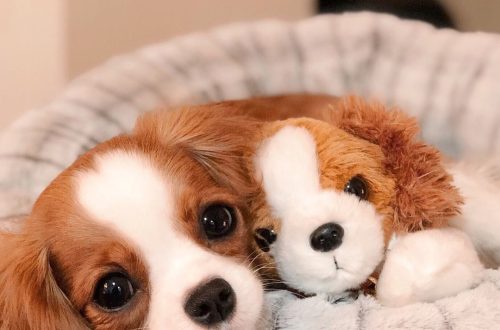
Baku fighting pigeon, its features and varieties
The pedigree of the Baku pigeons, like many other fighting pigeons, originates in the region of the ancient Persian state. However, the formation of the appearance and the flowering of their flying qualities were received by the birds in Azerbaijan, which at that time was part of Iran (in 1828, the northern part of Azerbaijan was ceded to Russia according to the peace treaty of Turkmenchay).
This the breed was very popular in northern Azerbaijan. A large number of pigeon lovers have invested their diligence and love in them, bringing their unique qualities of summer to perfection. The bulk of these birds were concentrated in Baku, and from there they spread to other cities in the Caucasus, and then throughout the Soviet Union. Every pigeon breeder who has a Baku pigeon was proud of their flight and highly appreciated their “game” – the battle. It is worth noting that in those years the suit and exterior of the dove faded into the background.
Contents
Changes in appearance
Today, interest in these birds has grown significantly. The ancient breed of pigeons, which has a rich history, has undergone considerable changes in appearance, however, she managed to maintain their fighting and flying qualitiesthat distinguish them from other pigeons. The birds, which had previously unremarkable coloration, turned into very beautiful pigeons.
A significant contribution to the improvement of the appearance of pigeons was made by pigeon breeders from the Krasnodar Territory. They are in the 70-90s. managed to achieve a color of special beauty. The result of their work resulted in completely new color variations in color and in the beauty of the figure. Pigeons became owners of a spindle-shaped physique with a dry, elongated head and a thin long beak, white eyelids and a raised chest. This formed a medium stance from a low stance. However, the Krasnodar “Bakinese”, unfortunately, lost in the beauty of the “battle” and in their flying qualities, and began to yield significantly to the Bakunians.
The main features
Flying playing breeds of pigeons are usually characterized by a number of indicators:
- height;
- the duration of the summer;
- virtuoso “game”;
- good orientation;
- wide color range of plumage.
According to all these indicators, Baku fighting pigeons will be in one of the first places.
- Chassis among Baku people it is streamlined, strong, elongated and spindle-shaped. Their physique is proportional to their height, the average size of a bird is 34–37 cm.
- Head has the correct shape, elongated with an elongated forehead, which smoothly descends to the beak; vertex flattened, smooth, with rounded occiput.
- Beak – long, about 20-25 mm, proportional to the head, tightly closed, slightly curved at the end. The cere is smooth, small, white.
- Eyes – medium in size, expressive, lively. The eyelid is tender, narrow.
- Neck It is of medium length, in proportion to the body, slightly curved, thin at the head, and widening smoothly into the chest and back.
- Wings – long, converge at the end of the tail, however, they are not crossed, but simply lie on the tail, tightly fitting to the body.
- Legs these birds are of medium length. The nails are white or flesh-colored, the legs are slightly or not feathered at all, have a light red color.
- Chest – medium in width, rounded, slightly raised.
- Back – proportionately broad at the shoulders, elongated, straight, slightly sloping towards the tail.
- Tail – not wide, flat, located parallel to the ground.
- Feathers fit tightly to the body.
If the bird is forelock, then the front side of the forelock is white, and the back side is colored, there are several colored feathers in the tail.
Years old
Baku war pigeons fly scattered. Each bird flies independently, showing a good game. They rise at a great height above the ground, turning into hard-to-see points. Sometimes they are completely out of sight. Even climbing to a great height, they are perfectly oriented on the ground. Imagine that a thoroughbred trained “Baku citizen” will return home even being several hundred kilometers away from him.
Types of game (combat)
There are several types of game (combat):
- The game “With access to the pole” – this is when in flight a dove makes frequent, sharp and noisy flapping wings. The bird flies vertically upwards, and at the highest point it sharply turns back over its head. The turn is also accompanied by a loud click of the wings. It is this sound trick that is called combat. For most pigeons of this breed, the first “pole exit” continues with a whole series of ups and downs, up to 1-8 times with a rise to more than 10 meters in height. There is a variation called “pillar with a screw” – this is a smooth spiral rotation to the left or right with coups, while the turns are accompanied by a sonorous click.
- “Hanging fight” – a type of game in which pigeons fly more slowly, stopping in flight, then turn over and slowly fly upwards. Here, the flips are not as abrupt, but they are also accompanied by a resounding wing flap.
- Types such as “hammering” and “tape fight” are considered a disadvantage among Baku residents.
Color options
The color range of Baku people is quite wide: bronze to pure white. Let’s look at some options for acres.
- Agbash. Among the Baku pigeons there are both bare and feathered legs, as well as chubby (smooth-headed) and with large forelocks. Speaking about their viability, this variety of pigeons is not inferior even to sports ones. This breed is widespread, because pigeons are able to adapt to completely different climatic conditions, while maintaining their flying qualities. They do not need special conditions of detention, they are unpretentious in food and resistant to diseases. These birds perfectly incubate and feed the chicks.
- Chile – these are motley pigeons, they are black and red with a motley head, black and red with motley brushes and head, and also black with white splashes. Birds fly individually, continuously, high, smoothly moving into a vertical stance, followed by sharp somersaults with clicks. Not whimsical to the conditions of detention. These are strong birds of medium size with a strong physique. This breed is characterized by an elongated smooth head with a forelock and a rounded forehead, the crown is rectangular and flat. Their eyes are light shades, with a slight yellowness, the eyelids are narrow and white. The beak is straight, thin, white, slightly curved at the end; in birds with a dark head, the beak is dark in color, the cere is white, smooth, and poorly developed. The neck is of medium length, has a slight bend. The chest is fairly broad and slightly arched. The back is long, broad at the shoulders, sloping slightly towards the tail. The wings are long, pressed tightly to the body, converge at the tip of the tail. The tail is closed and consists of 12 wide tail feathers. The legs have dense plumage, the feathers on the legs are short, only 2-3 cm, the tips of the fingers are red and bare, the claws are white. The plumage of this breed is dense and dense, has a characteristic brilliant purple tint on the chest and neck.
- Marble. Their appearance is similar to the previous breed, but the plumage color has a mottled appearance with multi-colored alternating feathers. In general, this breed has an unusual and attractive appearance. Young pigeons of this breed have a lighter plumage with rare bright patches, however, after molting, the color darkens, becomes more saturated, this makes it possible to judge the age of the pigeon: the more intense the color, the older the pigeon. There are also two types of marble pigeons – chubari and chubari.
- Bronze – This breed is especially beautiful. The main color of their pen is brass, with red and black and random patches.
If you pair a non-marble dove with a marble dove, then the color of the chicks will depend on the genetics of the male:
- if he is homozygous, then all offspring (both males and females) will have a marble color;
- if the male is not homozygous, then the color of the chicks will alternate – they will be marbled or colored, regardless of gender.
Lately often there are Baku fighting pigeons with a colored spot on the neck, which is why they are often called necks. Their tail is usually white with a small amount of colored feathers in the middle or along the edges (feathers).
Acceptable and unacceptable disadvantages
Permissible disadvantages:
- slightly rounded crown;
- skin-colored eyelids;
- no bend in the neck.
Unacceptable disadvantages:
- short torso;
- back with a hump;
- high neck or forehead;
- short or thick beak;
- uneven large cere;
- colored eyes;
- thick or short neck;
- short wings;
- feathered fingers;
- strongly convex chest;
- tail with cut feathers, short tail, tail touching the ground;
- loose plumage;
- candle stand;
- lop-wingedness.





